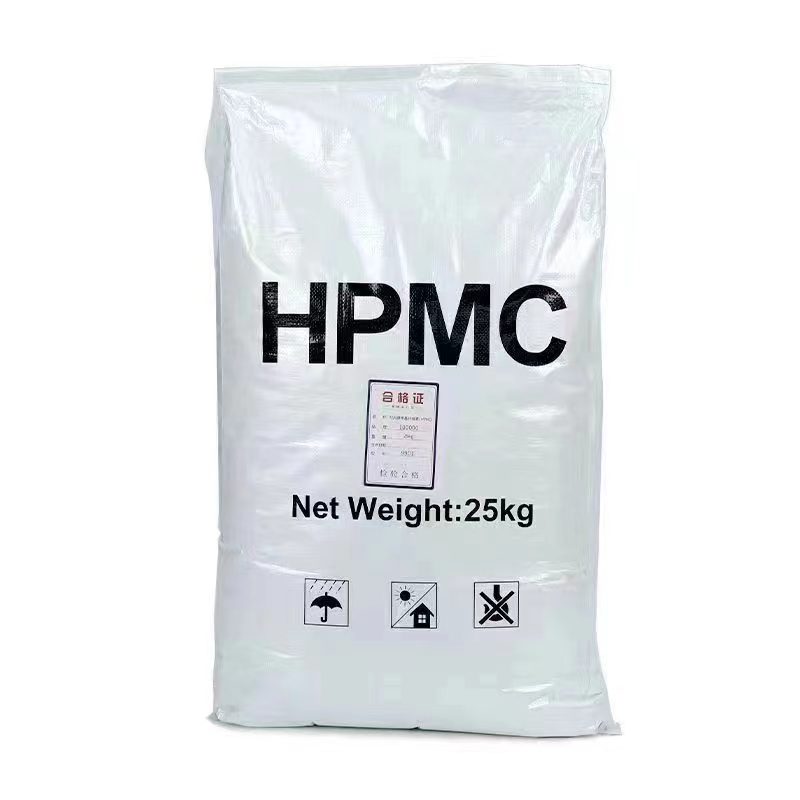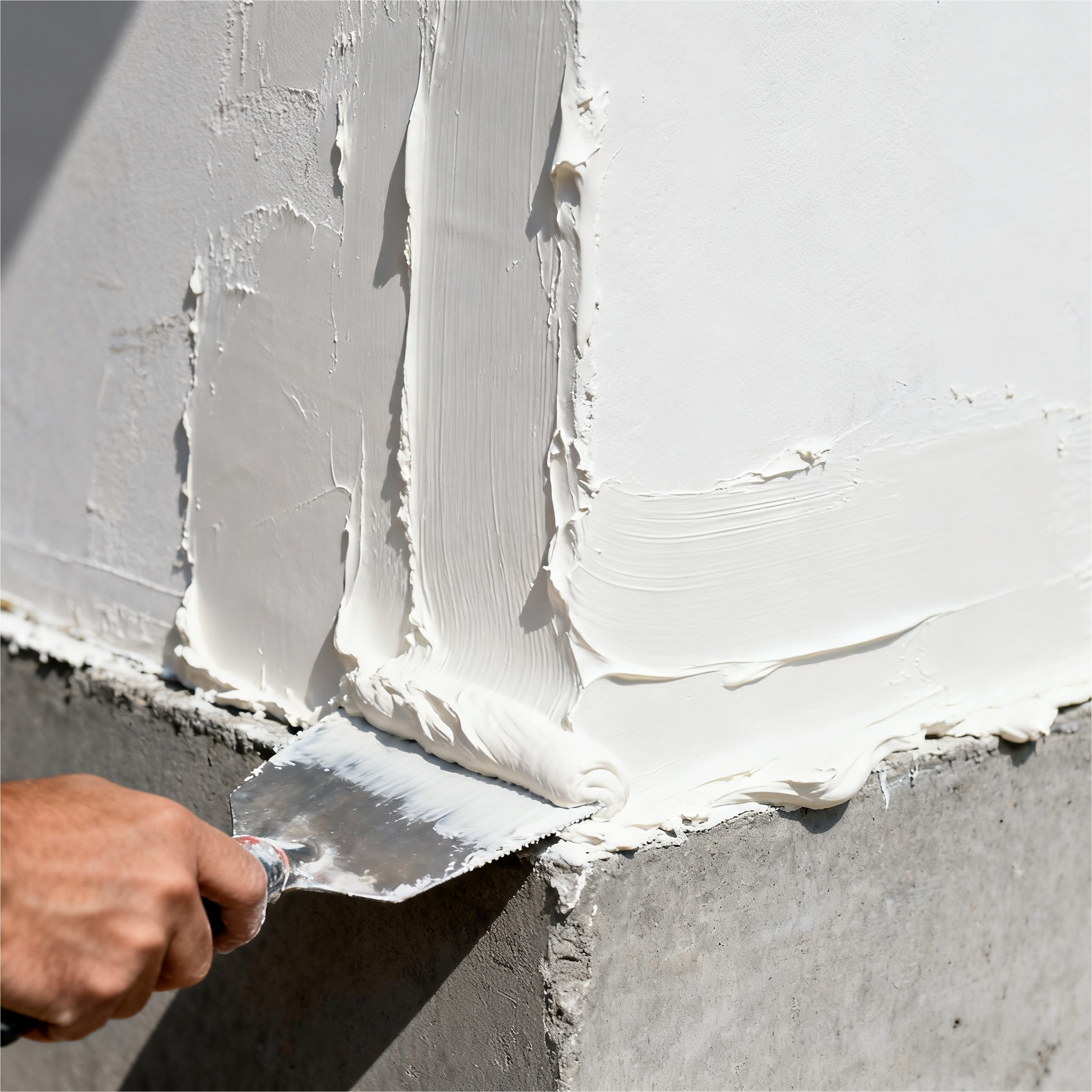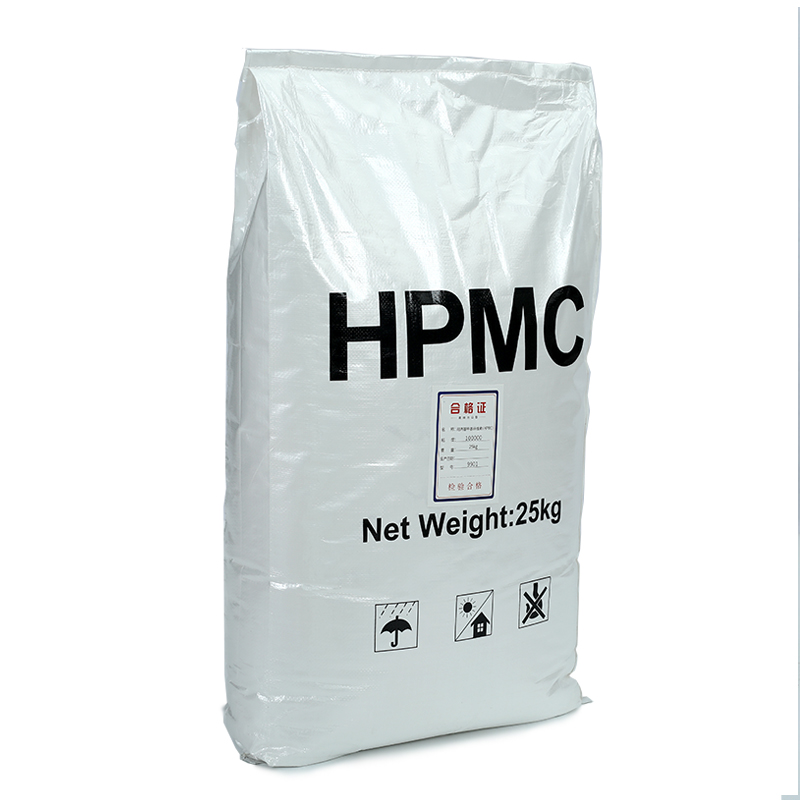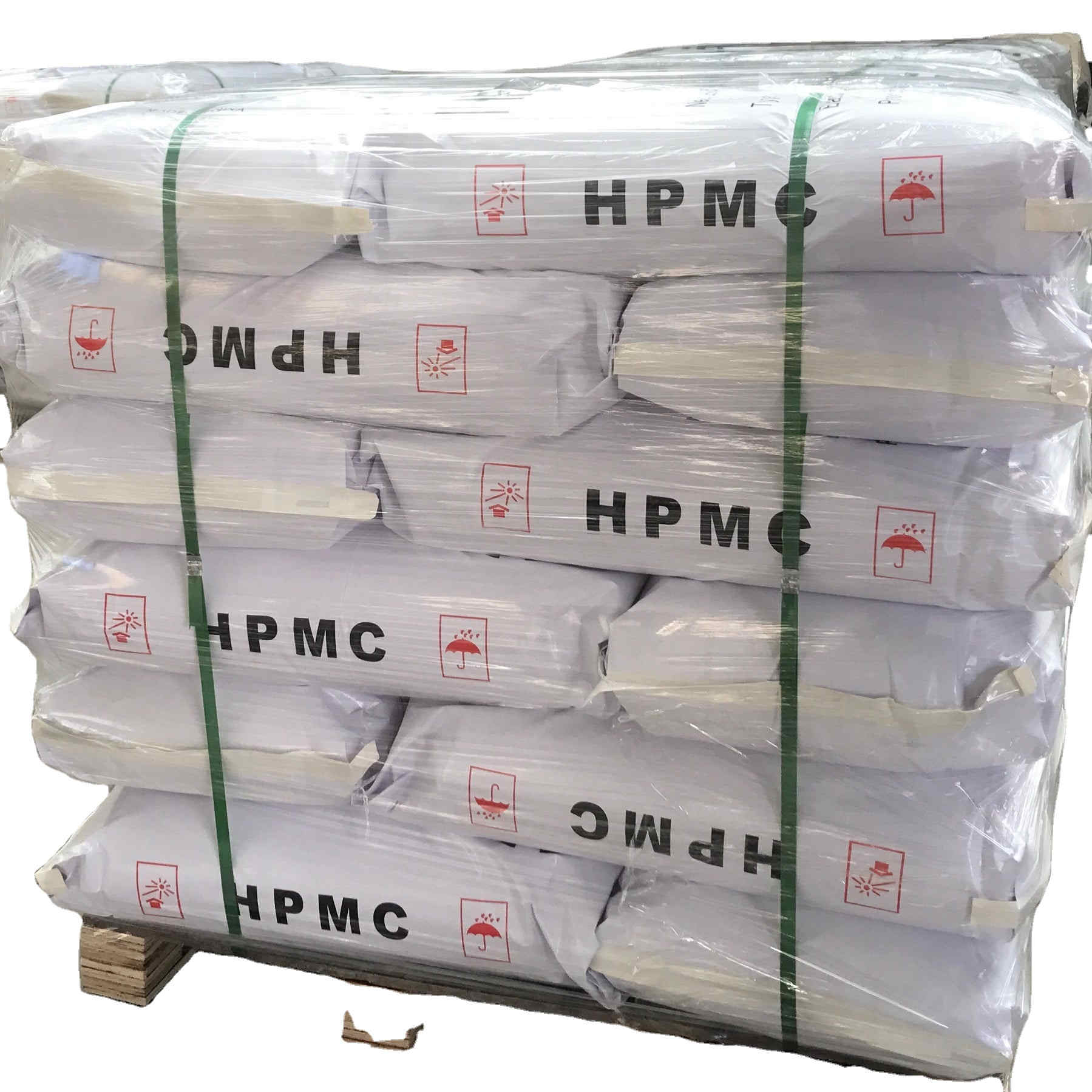Gypsum Special Grade Cas No 9004-65-3 HPMC
Our HPMC can significantly improve the construction performance of gypsum based products. Custom-made HPMC for gypsum mortars for professional building facilities etc. Good viscosity and ductility, good smoothing, dispersion and water retention with the addition of cellulose ether, thus enhancing the bond of the substrate.
- HAOSHUO
- Hebei, China
- 2-7 days
- 200 Tons/day
Product Detail
Comprehensive introduction of hydroxypropyl methylcellulose (HPMC) for gypsum
Detailed description
Hydroxypropyl methylcellulose (HPMC) is a nonionic cellulose ether made from natural cellulose through a series of chemical reactions, including alkalization and etherification. It is easily soluble in water and can form a clear, transparent, viscous solution. It has excellent properties such as thickening, water retention, bonding, film-forming, and dispersion.
Gypsum-specific HPMC is a grade specifically designed and optimized for gypsum-based building materials (such as gypsum putty and gypsum plaster mortar). Its key differences from general-purpose HPMC lie in its molecular structure and production process adjustments, which better adapt to the hydration characteristics of gypsum. Gypsum-specific HPMC effectively regulates the setting time of gypsum slurries, provides excellent water retention, and ensures full hydration of the gypsum, resulting in optimal product performance.

Main Features
HPMC for gypsum exhibits the following key characteristics in gypsum-based materials:
Excellent water retention:
This is its core function. HPMC can form a hydration film on the surface of gypsum particles, effectively locking in moisture and preventing it from being absorbed or evaporated too quickly by the base layer (such as the wall).
Importance: Adequate water retention ensures that hemihydrate gypsum has enough time to fully hydrate with water, forming dihydrate gypsum crystals and a solid network structure. If water is lost too quickly, it will lead to incomplete hydration, a significant reduction in ultimate strength, surface powdering, cracking and other problems.
Good retarding effect:
HPMC molecules are adsorbed on the surface of gypsum particles, which slows down the formation and growth of gypsum crystal nuclei, thereby extending the usable time (open time) of the gypsum slurry.
Importance: It provides sufficient time for large-scale construction and operations such as leveling and finishing, avoiding waste and construction joint marks caused by rapid solidification of materials.
Significant thickening effect:
When HPMC is dissolved in water, it can significantly increase the viscosity of the slurry, giving the gypsum slurry good cohesiveness and anti-sagging properties.
Importance: During ceiling and facade construction, it prevents the slurry from dripping and sagging, ensuring construction thickness. At the same time, the thickening effect makes the slurry fuller and smoother, improving the construction feel.
Excellent lubricity and leveling properties:
The air entraining effect of HPMC can introduce tiny, uniform bubbles into the slurry, playing a lubricating role similar to that of a "ball bearing".
Importance: It greatly reduces the resistance during mixing and construction, making scraping less labor-intensive and the slurry easier to spread, ultimately achieving a smoother and more even surface.
Improved crack resistance:
By improving the cohesion and water retention of the paste, HPMC reduces the internal stress caused by water loss shrinkage in gypsum products, thereby reducing the risk of cracking during the drying process.

Application Effect
Adding special HPMC to various gypsum-based building materials can bring the following immediate positive effects:
Application Areas | Specific application effects |
Gypsum-based putty (interior wall) | • Smooth and labor-saving scraping: The putty feels light and easy to pull, greatly reducing the workload. |
Gypsum plaster mortar | • Excellent sag resistance: Even when thick layers of plaster are applied, they won't sag or flow, ensuring the desired thickness. |
Gypsum self-leveling | • Improved fluidity: Provides excellent water retention and stability at low viscosity, ensuring the self-leveling of self-leveling slurries. |
Other gypsum products | In products such as gypsum adhesives and gypsum insulation mortars, HPMC also plays a key role in increasing viscosity, retaining water and improving workability. |

Selection and usage recommendations
Viscosity selection:
Gypsum putty/plaster mortar: Usually choose a medium viscosity, such as 40,000-100,000 mPa·s . Too low a viscosity will result in poor sag resistance; too high a viscosity will affect dispersion and leveling during construction.
Gypsum self-leveling: Choose a low viscosity, such as 400-1000 mPa·s , to ensure its excellent fluidity.
Dosage: Usually 0.2% - 0.5% of the mass of gypsum powder . The specific amount needs to be determined through experiments based on the characteristics of the gypsum itself, the formulation system and construction requirements.
Solubility: HPMC dissolves in cold water. In dry powder form, simply mix it with other dry powder materials such as gypsum. HPMC will automatically dissolve and take effect when it comes into contact with water.
In summary, HPMC for gypsum is an indispensable component in modern gypsum-based dry-mix mortars. Through its excellent water retention, thickening, and retarding properties, it fundamentally guarantees the ultimate strength of gypsum products and the ease of construction and application, making it a key additive for enhancing the quality of gypsum building materials.



